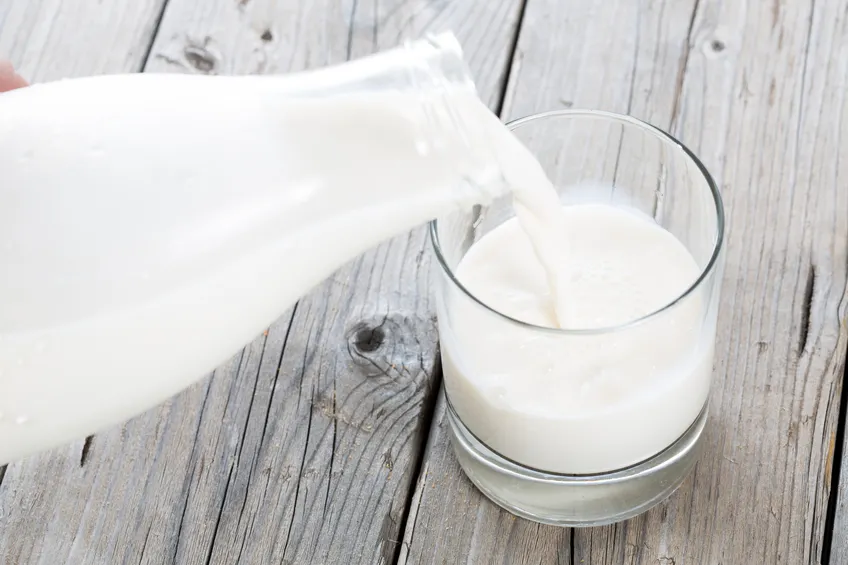Every June 1st, World Milk Day is celebrated. Whole milk, semi-skimmed milk, oat milk, almond milk, soy milk, rice milk… There are so many varieties of milk that we’ve lost count. Here are some things you might not know about milk:
Less milk is being drunk
People have reduced their cow’s milk consumption by more than 9.15 liters per capita per year over the past decade.
Producers and processors of cow, goat, sheep, and buffalo milk, grouped in the Interprofessional Association of Catalonia (ALLIC), attribute the continued decline in milk consumption in recent years to false myths and beliefs about this product.
Intolerants
It is estimated that the incidence of lactose intolerance is between 11 and 15% of the population, who are advised not to drink milk, although partially intolerant individuals may take low dairy products.
Widespread Nutritional Contributions
Milk’s nutritional value, especially in terms of calcium, provides 240 mg of calcium, equivalent to two unsweetened yogurts or 60 grams of cottage cheese. A 200 ml glass of milk, equivalent to 480 grams of sardines, 260 grams of broccoli, 425 grams of cooked chickpeas, or 96 grams of almonds.
Milk is good for bones and teeth, according to the Interprofessional Milk Laboratory, so it recommends taking it at all ages.
American Dairy Centre
North America is the largest consumer of milk per capita. According to FAO figures, last updated in 2013, North America consumes 250 kg of milk per capita per year.
He is followed by Australia and New Zealand, with around 220 kg per capita per year, and Europe, with about 210 kg per capita per year.
Rising production
India is the country that produces the most milk worldwide, with 20% of all production. The United States is the second country with 12%.
However, milk production has grown the most in Asia, increasing by 241% over the last 30 years.
Dairy Animals
Milk comes from the cow, but also from other animal species. Cow milk accounts for 83% of global production. However, buffalo produce 14% of the world’s milk.
Goats follow with 2% and sheep with 1%. Camel milk accounts for only 0.3% of global production.

